A brief description about this Activity.
The course encourages you to critically examine your own personal beliefs, biases, stories, and reactions to penis problems and existing treatments, and consider how these show up in your office as you relate to clients. Whether it is a difficulty in getting or keeping an erection, achieving orgasm too quickly (i.e., premature ejaculation), too late (i.e., delayed ejaculation), or not at all (i.e., Anorgasmia), ED and ejaculatory issues can significantly impact individuals and relationships. If not addressed, these concerns can lead to sexual dissatisfaction, relationship challenges, heightened performance anxiety, infertility, lowered sexual interest, and even increased rates of depression. Considering approximately 52% of men experience ED at some point in their lives (Lakin & Wood, 2018), and the DSM-5 reports that 25% of men report struggling with ejaculating during sex, this is an issue for clients in your practice even if you don’t specialize in sex and relationship. ED and ejaculatory dysfunctions are often under-treated and misunderstood, leaving clients turning to online “cures” or tricks to fix their orgasm issues. Also, many mental health clinicians feel unequipped to help those with ejaculation issues and other sexual dysfunctions. If this feels like you, you’re in the right place! In these courses we have compiled the latest research and best practices for addressing erectile dysfunction and two prominent forms of ejaculation problems: premature and delayed ejaculation. For each, we will explore the definitions, prevalence rates, common causes, clinical considerations (i.e., assessment and treatments), and case studies to help conceptualize this newfound knowledge and equip you to better support your clients.
Learn more about this Activity.
No Website has been provided for this Activity.
The Provider for this Activity.
